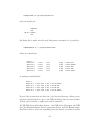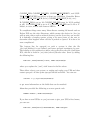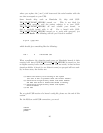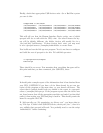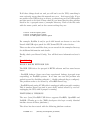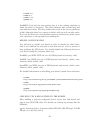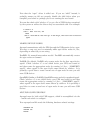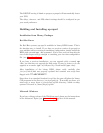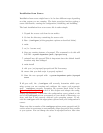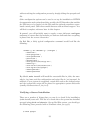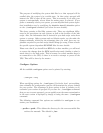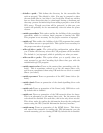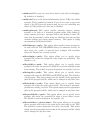The DEVICE setting is blank on purpose; apcupsd will automatically locate
your UPS.
The delay-, timeout-, and NIS-related settings should be configured as per
your usual preference.
Building and Installing apcupsd
Installation from Binary Packages
Red Hat Linux:
For Red Hat systems, apcupsd is available in binary RPM format. This is
the simplest way to install. If you have no previous version of apcupsd on
your machine and are creating a standalone configuration, simply install the
RPM with a normal rpm -ihv command. You’re done, and can now skip the
rest of this chapter and go straight to tweaking your run-time configuration
file. (see After Installation)
If you have a previous installation, you can upgrade with a normal rpm
-Uhv, but this may not upgrade the halt script. It may be better to do the
upgrade as a remove (rpm -e) foll;owed by a fresh install (rpm -ihv).
After installation of the binary RPM, please verify carefully that
/etc/rc.d/init.d/halt was properly updated and contains new script lines
flagged with ***APCUPSD***.
Since there is no standard location for cgi-bin, the rpm will place the binary
CGI programs in the directory /etc/apcupsd/cgi. To actually use them, you
must copy or move them to your actual cgi-bin directory, which on many
systems is located in /home/httpd/cgi-bin.
Microsoft Windows:
If you have a binary release of the Win32 apcupsd, please see the instructions
in the Advanced Topics (see Advanced topics) section of this manual.
31




